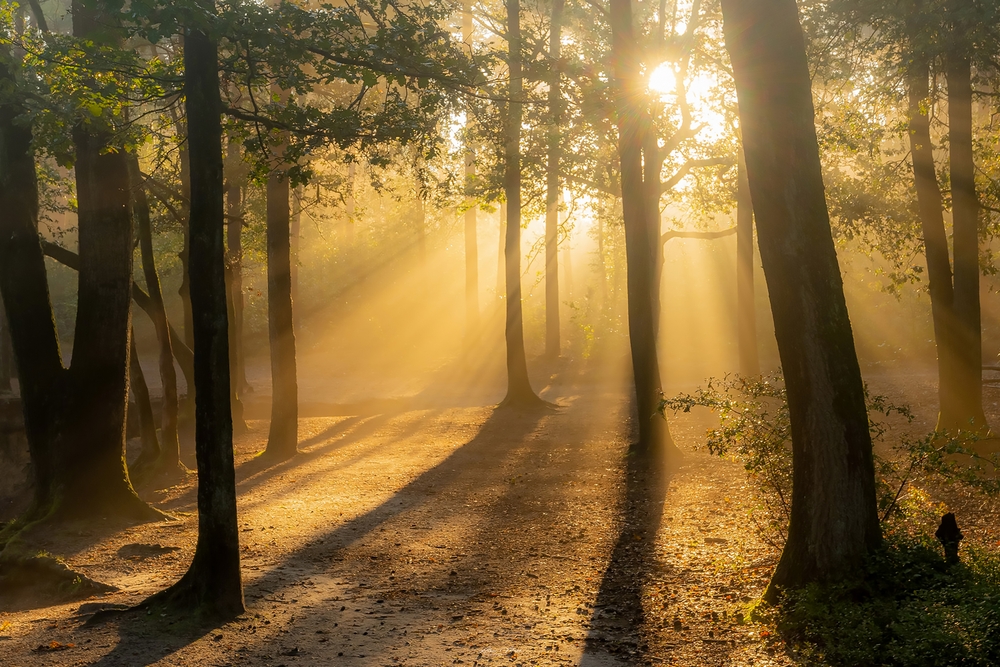Montaña Santa Bárbara Overview
Montaña de Santa Bárbara National Park, known locally as Parque Nacional Montaña de Santa Bárbara, is a protected natural area in Honduras. Covering approximately 119 square miles (308 square kilometers), the park is located in the western part of the country, primarily within the Santa Bárbara Department.
It is centered around the impressive Montaña de Santa Bárbara, a towering peak that rises to 8,698 feet (2,651 meters) above sea level, making it one of the highest mountains in Honduras. The park serves as a vital water source, supplying several nearby communities, and is a key conservation area due to its rich biodiversity.
The park features a diverse and rugged terrain characterized by steep slopes, dense cloud forests, and lower montane rainforests. The mountain itself is often shrouded in mist, creating a mystical atmosphere amid its lush vegetation.
The varied elevation contributes to a range of ecosystems, from humid tropical forests at lower altitudes to pine-oak forests and cloud forests at higher elevations. Towering trees such as oak, mahogany, and liquidambar dominate the landscape, while bromeliads, orchids, and mosses cling to the branches, creating a dense and vibrant environment. Numerous rivers and waterfalls cascade down the mountain slopes, providing stunning scenic views and supporting the region’s diverse flora and fauna.
Montaña de Santa Bárbara National Park is home to an array of wildlife, including some of Honduras’s most iconic species. Among the mammals found in the park are jaguars, ocelots, white-tailed deer, and howler monkeys, which thrive in the remote and forested areas.
The park is particularly important for birdwatchers, as it hosts a significant number of endemic and migratory bird species. Notable avian residents include the resplendent quetzal, emerald toucanet, keel-billed toucan, and various species of hummingbirds. The cloud forest environment provides critical habitat for these birds, making it one of the best locations in Honduras for birdwatching.
One of the most popular features of the park is its hiking trails, which allow visitors to explore the diverse ecosystems while enjoying breathtaking views from various vantage points. Treks to the summit of Montaña de Santa Bárbara offer panoramic vistas of Lake Yojoa and the surrounding countryside.
The lake itself, located near the park’s eastern boundary, is a popular destination for those interested in combining mountain exploration with water activities such as kayaking, fishing, and wildlife observation. The park’s waterfalls, hidden within the dense forest, are another highlight for adventurous visitors seeking secluded natural beauty.
Visitors can engage with the park in multiple ways, including guided tours, independent hikes, and wildlife observation excursions. The rich birdlife makes it an ideal destination for ornithologists and nature enthusiasts, while its remote trails attract those seeking a challenging yet rewarding trek.
Local communities near the park provide opportunities for cultural engagement, where visitors can learn about traditional Honduran lifestyles and conservation efforts supported by local organizations.
Montaña de Santa Bárbara National Park faces conservation challenges, including illegal logging, agricultural encroachment, and poaching. However, concerted efforts by government agencies, conservation groups, and local communities have helped to mitigate some of these threats.
Reforestation projects, sustainable tourism initiatives, and environmental education programs have contributed to the park’s protection. The presence of ecotourism provides an economic incentive for local communities to support conservation efforts while allowing visitors to experience the park’s natural beauty responsibly.
Park Map
Montaña Santa Bárbara National Park Highlights
Share your clicks with us
Related National Parks More Honduras

Montaña de Comayagua National Park

Montaña de Botaderos Carlos Escaleras Mejía National Park

La Muralla National Park

Jeannette Kawas National Park

La Tigra National Park

Cerro Azul de Copan National Park

Cusuco National Park

Cerro Azul Meámbar National Park

Congolón, Piedra Parada, and Coyocutena National Park










































































